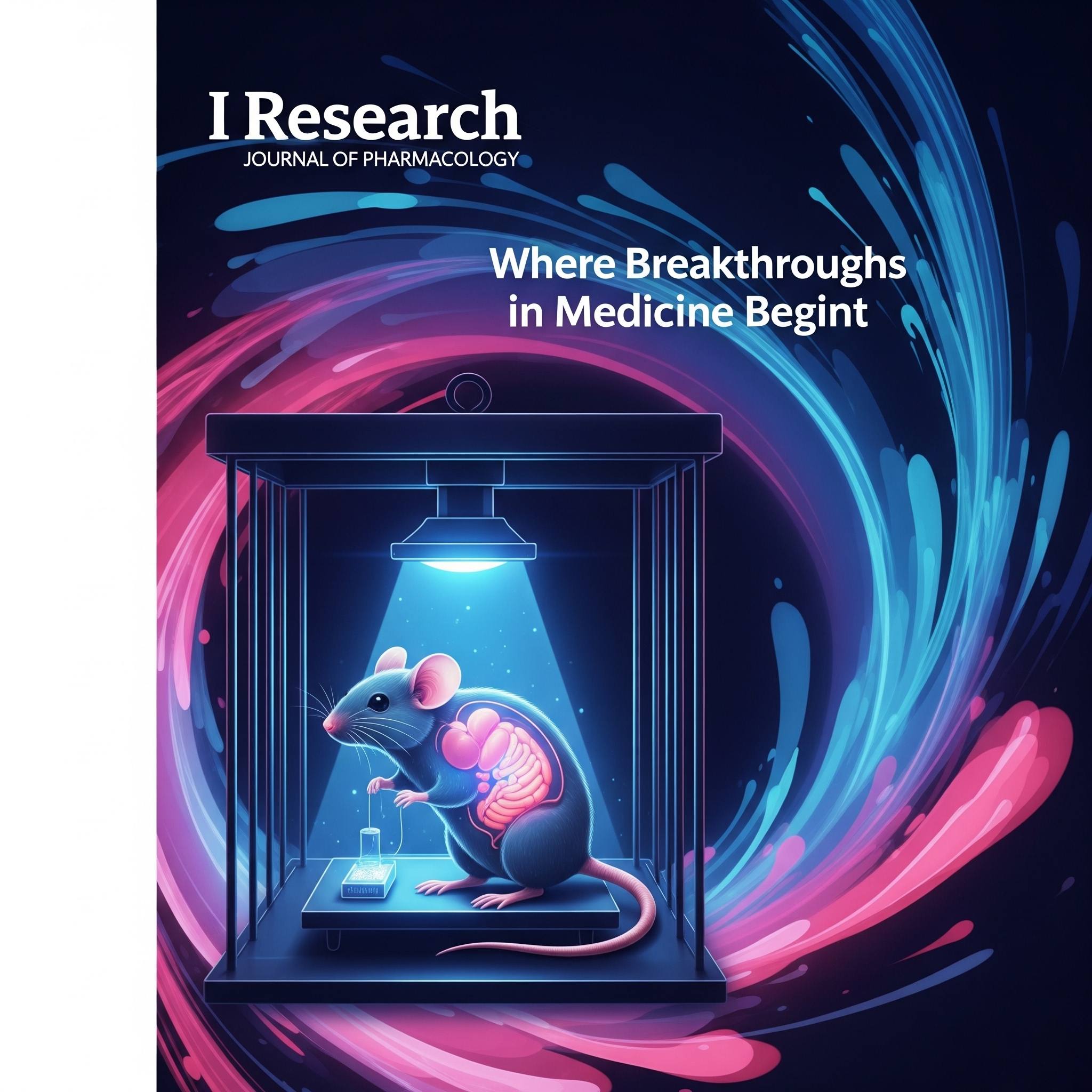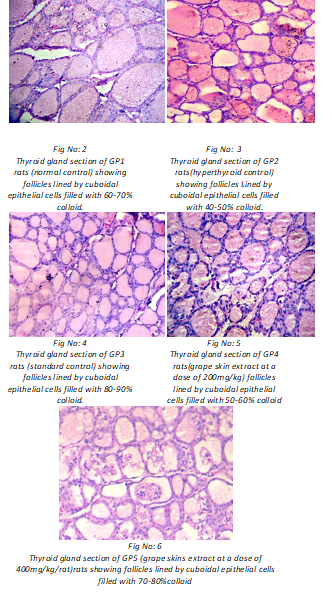
I Research : Journal of Pharmacology
The I Research : Journal of Pharmacology provides a resource content about Pharmacology and Toxicology field especially about the pre-clinical studies, Clinical Investigations, Pharmacovigilance etc. This journal aims to publish all the recent research and reviews articles related to pharmacology and Toxicology like Pre-clinical and Clinical studies, PKPD Modelling, Bioavailability studies in animal models, Toxicological studies of synthetic and herbal drugs etc.. It is the international journal of published Bi-Annual by I Research Academia. Authors should consult the latest instructions to authors before preparing their manuscripts. All contributions must be in English and should be submitted online only in a single word file. All contributions must be in English and should be submitted online only in a single word file.
Journal Policy
Current Issue: I Research: Journal of Pharmacology Vol. 1, issue 1, July - Dec 2025
Volume 1, Number 1 (2025)

Biomedical Applications of Caulerpa chemnitzia-Synthesized Silver Nanoparticles - A Review
By Jegan. N, Dr. R. Saravanan
Silver nanoparticles have attracted substantial interest within the biomedical domain due to their wide-ranging applications, encompassing antimicrobial, anticancer, and drug delivery modalities. Green synthesis approaches, which utilize biological entities such as algae, present an environmentally sound and economically viable alternative to conventional chemical synthesis methods. This review centers on the production of AgNPs via the marine alga Caulerpa chemnitzia, emphasizing its benefits as both a reducing and stabilizing agent. Caulerpa chemnitzia-synthesized AgNPs have demonstrated promising antimicrobial activity against a range of bacterial and fungal pathogens. In vitro studies have shown their cytotoxic effects on various cancer cell lines, indicating potential anticancer applications(González-Lamothe et al., 2009). The review summarizes these findings, emphasizing the mechanisms of action involved in the observed biological activities. This review aims to provide a comprehensive overview of the current state of research on Caulerpa chemnitzia-synthesized AgNPs(Dar et al., 2023). It covers the synthesis methods, characterization techniques, and biomedical applications of these nanoparticles. Furthermore, it addresses the challenges and future directions in the development of Caulerpa chemnitzia-synthesized AgNPs for clinical translation, including the need for optimization of green synthesis methods, surface modification, and thorough evaluation of biocompatibility and toxicity(Lalegani & Ebrahimi, 2020).

Anti Thyroid and Anti Oxidant Effects of Grape Skin Extract on L-Thyroxine Induced Hyperthyroidism in Rats
By Dr. G. Nalini, Dr. N. Chidambaranathan, A. Senthamilselvi, K. Nagarajan, G.N.Rishi
Hyperthyroidism is a major endocrine disorder that greatly interferes with growth, metabolic activity, and thermoregulation in adults. The objective of this research was to assess the impact of hydroalcohol grape skin extract (GSE) on L-thyroxine (T4)-induced hyperthyroidism in rats. A total of 30 Wistar rats were assigned into five groups (n=6) at random. G1 (normal control) received distilled water. G2 (hyperthyroid control) received L-thyroxine (600 µg/kg, orally) for a period of 12 consecutive days. G3 (positive control) received L-thyroxine plus propylthiouracil (PTU, 10 mg/kg, i.p.) for 12 days. G4 and G5 (treatment groups) received L-thyroxine and GSE at doses of 200 mg/kg and 400 mg/kg orally for 12 days, respectively. The effects of GSE were assessed based on serum thyroid hormones (T3, T4, and TSH), liver function tests (AST and ALT), liver lipid peroxidation (LPO), glutathione (GSH), superoxide dismutase (SOD), and catalase (CAT) antioxidant levels, as well as histopathological investigation of the liver. The administration of L-thyroxine caused significantly higher T3 and T4 levels in the serum and lower TSH levels, indicative of hyperthyroidism. Treatment with GSE significantly lowered T3 and T4 levels and increased TSH levels in a dose-dependent manner. Levels of AST and ALT in the hyperthyroid group were significantly lowered in the GSE-treated groups.
News & Announcements
There are no news or announcements at this time.
